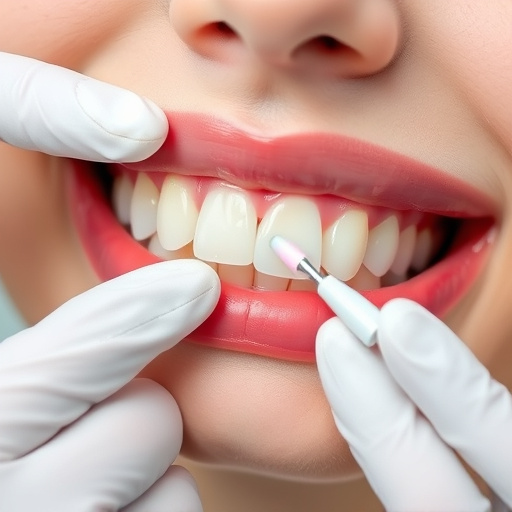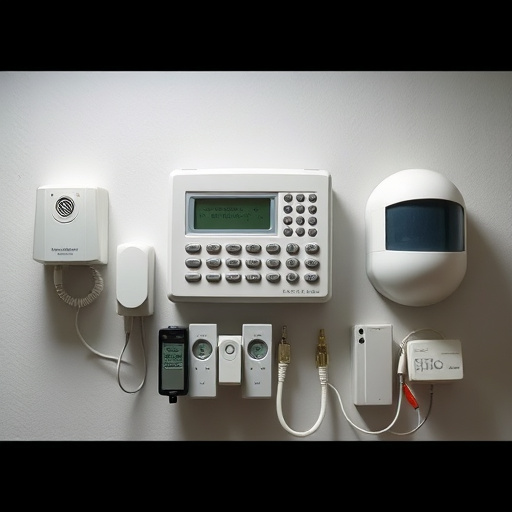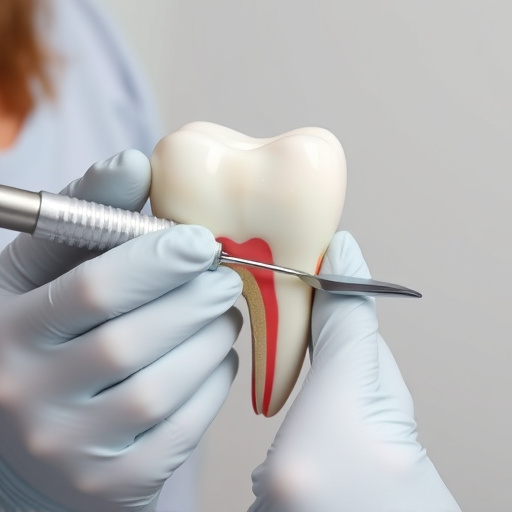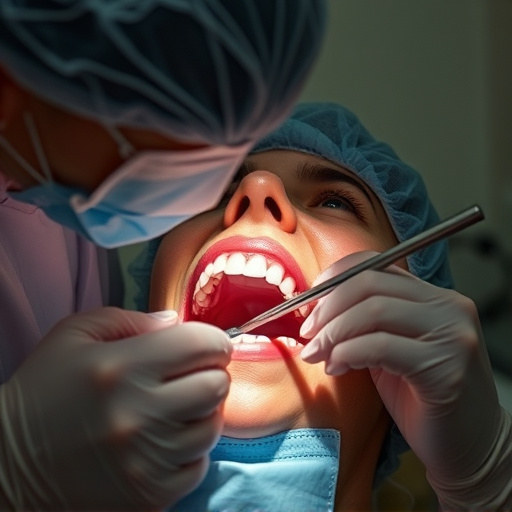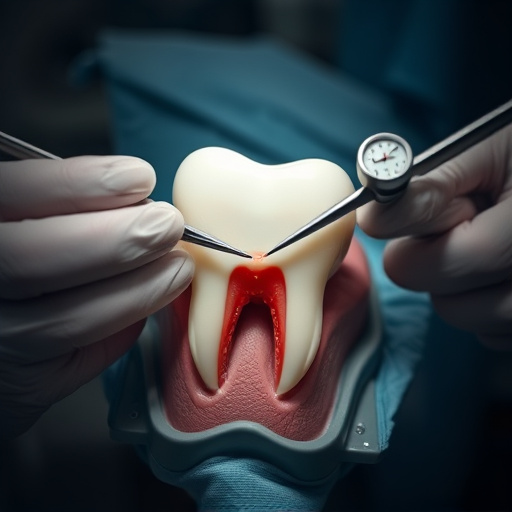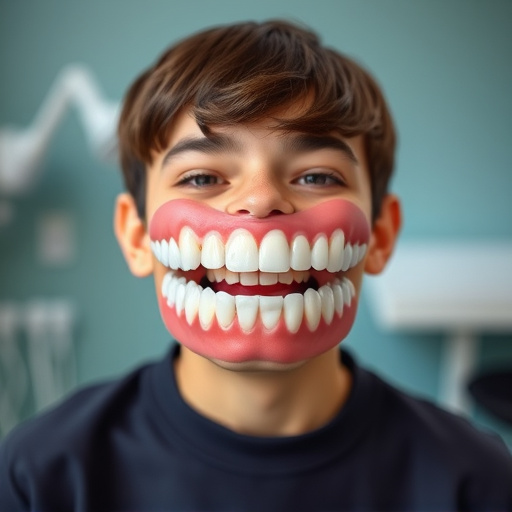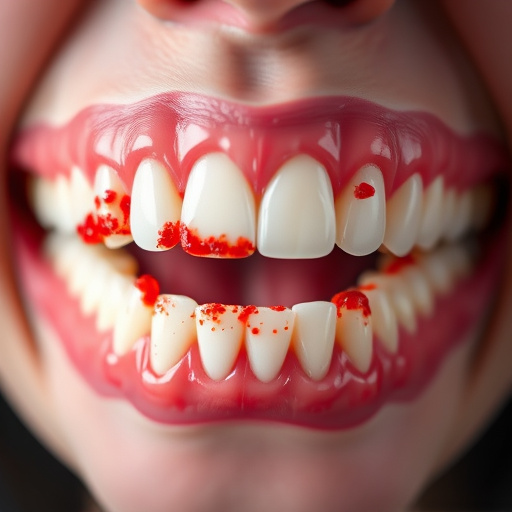Multilingual dental staff are key to improving patient experiences in diverse communities by breaking down language barriers. Clear communication builds trust and ensures accurate diagnoses, leading to better oral health outcomes. Training staff in cross-cultural skills, providing multilingual materials, and explaining procedures in patients' primary languages reduce anxiety and enhance satisfaction.
In today’s diverse communities, empowering patients through multilingual dental staff services is crucial. Addressing language barriers significantly improves access to quality dental care, enhancing patient experience and outcomes. This article explores the profound impact of multicultural teams on patient interaction, satisfaction, and overall oral health. We delve into strategies for effective communication in diverse practices, ensuring every patient receives compassionate, competent care regardless of their linguistic background.
- Addressing Language Barriers in Dental Care
- The Impact of Multilingual Staff on Patient Experience
- Strategies for Effective Communication in Diverse Practices
Addressing Language Barriers in Dental Care
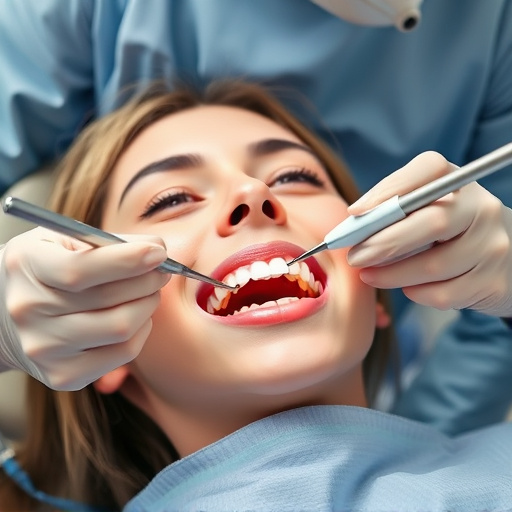
Language barriers have long been a significant challenge in healthcare, particularly in dental care where clear communication is essential for accurate diagnoses and effective treatment plans. Many patients face difficulties when encountering dental professionals who only speak one language, especially in diverse communities where multiple languages are spoken. This barrier can lead to misunderstandings, anxiety, and even a reluctance to seek necessary dental services.
Empowering patients by providing multilingual dental staff services is a game-changer. It ensures that every patient, regardless of their linguistic background, receives the same level of care and comfort. Dentists and dental hygienists who are fluent in various languages can offer comprehensive explanations about procedures like tooth extractions, dental implants, or dental crowns, alleviating patients’ fears and concerns. Such services foster trust, improve patient satisfaction, and promote better oral health outcomes within diverse communities.
The Impact of Multilingual Staff on Patient Experience
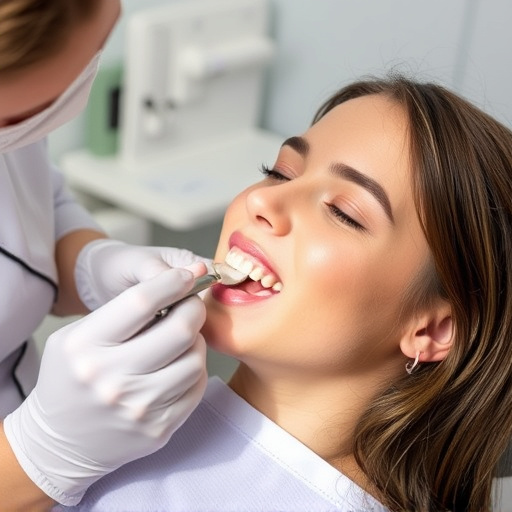
Having multilingual dental staff significantly enhances the patient experience, especially in diverse communities where many individuals speak different languages. When patients can communicate freely with their healthcare providers, it fosters a deeper sense of comfort and trust. This is crucial for building rapport and ensuring that every patient’s unique needs are accurately assessed. For instance, a Spanish-speaking patient dealing with a dental emergency would greatly benefit from a bilingual dentist who can offer immediate, clear instructions and support throughout the treatment process.
Moreover, multilingual staff enables patients to receive restorative dentistry services, such as dental bonding, without language barriers. Effective communication ensures that patients understand their treatments, post-care instructions, and follow-up appointments, leading to better adherence to dental hygiene routines. This, in turn, can prevent future issues and promote overall oral health, making multilingual dental staff a game-changer in providing accessible and quality emergency dental care.
Strategies for Effective Communication in Diverse Practices
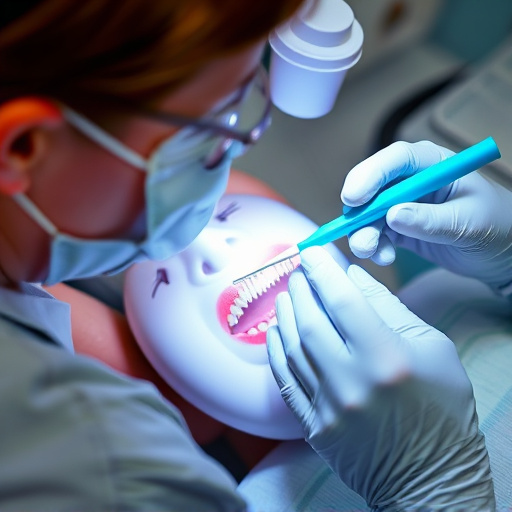
In a diverse dental practice with a multilingual staff, effective communication strategies are paramount to ensuring patient empowerment and satisfaction. The first step involves training staff in cross-cultural communication skills, enabling them to understand and appreciate the unique backgrounds and needs of each patient. This includes learning basic phrases and greetings in various languages served by the practice, as well as being sensitive to cultural nuances that might influence how patients express pain or discuss health issues.
Additionally, providing written materials and consent forms in multiple languages is crucial. Visual aids, such as pictures and infographics, can also facilitate understanding during consultations. For complex procedures like tooth repair or clear aligner treatments, ensuring a clear, step-by-step explanation in the patient’s primary language helps dispel anxiety and promotes active participation in their dental care.
By addressing language barriers and implementing strategies for effective communication, dental practices can significantly enhance patient experiences, especially within diverse communities. Employing a multilingual dental staff is not just a step towards inclusivity; it empowers patients to access quality care, fostering trust and ensuring better oral health outcomes. This approach ensures that every patient, regardless of their linguistic background, feels supported and understood in the dental chair.




